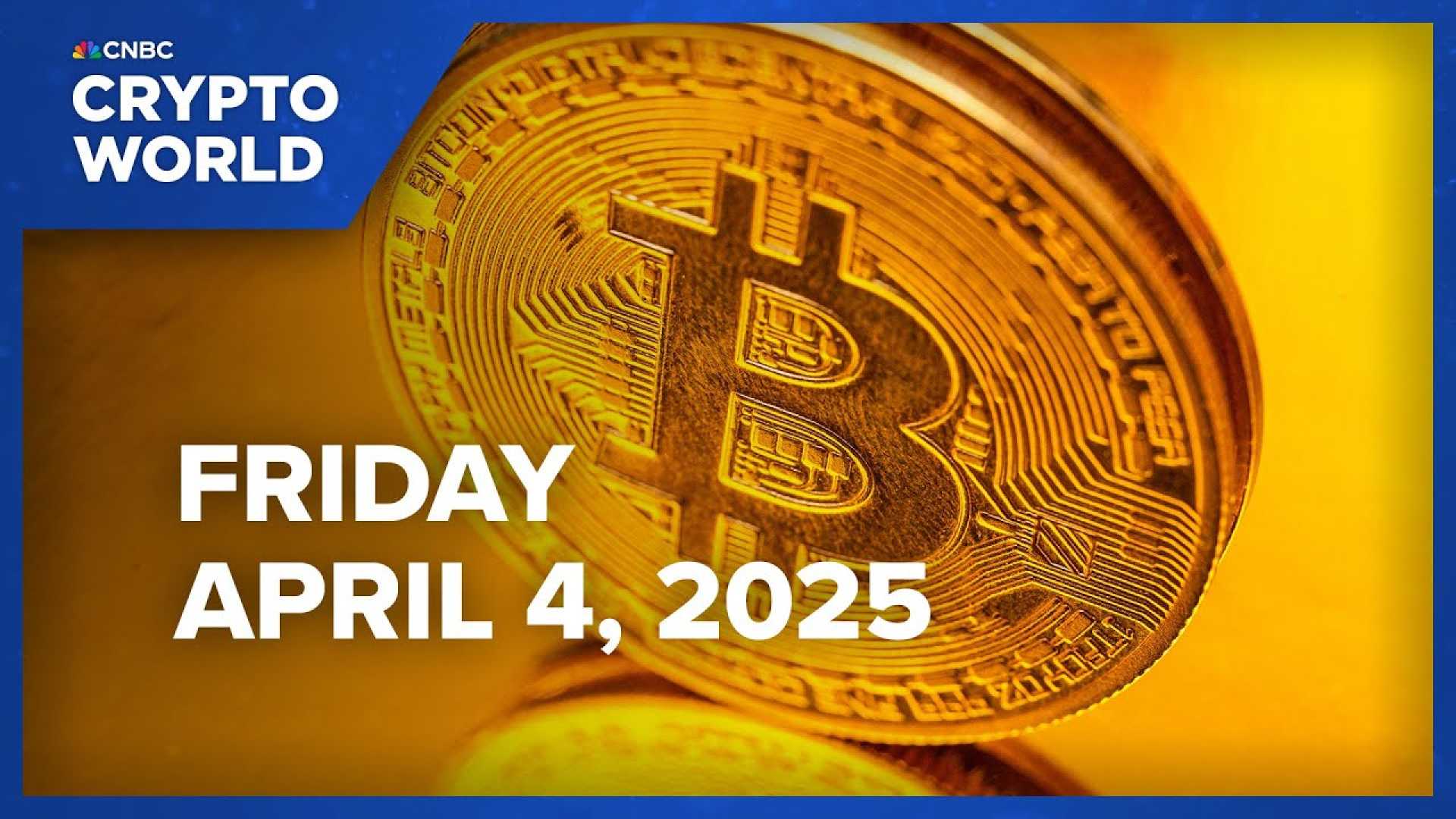Business
Market Panic: Bitcoin’s Plunge Signals Potential Financial Crisis

NEW YORK, NY — Bitcoin and cryptocurrency prices experienced a sharp decline this week, with market volatility triggered by economic uncertainties in the U.S. Following President Donald Trump’s recent tariff announcements, traders are concerned about a possible crisis reminiscent of past market crashes.
As of April 7, 2025, Bitcoin fell to $75,867 after a drop of 8.6%, marking its lowest value since November 2024. The broader cryptocurrency market has lost approximately $500 billion in total capitalization, as investor risk aversion has increased. Global equity markets have also struggled, suffering losses near $4 trillion since the tariff announcements.
Arthur Wilmarth, a professor emeritus of law at George Washington University, stated, “This is an existential threat to the banking industry, as well as to the financial system writ large,” warning that taxpayers could shoulder the fallout from these developments.
In parallel, Congress is rapidly advancing major legislation addressing stablecoins, digital currencies linked to traditional assets like the U.S. dollar. A potential bill, encouraged by Trump’s Council of Advisers on Digital Assets leader Bo Hines, seeks to allow interest payments on these stablecoins, which could shift investor funds from traditional bank accounts into riskier digital assets.
The current House bill prohibits interest on stablecoin holdings, while a corresponding Senate bill does not explicitly ban interest but only applies to certain types of stablecoins. As Congress attempts to reconcile these proposals, critical decisions will be made regarding the future role of stablecoins in both the banking and crypto landscapes.
“Strong global momentum in stablecoins is likely to attract institutional interest in a digital asset that has long-term growth potential while acting as a credible bridge between traditional assets and crypto,” Hina Sattar Joshi, digital assets sales director at TP ICAP, said in reference to the growth of stablecoins.
As traditional financial institutions explore entry into the stablecoin market, innovations and regulatory changes could have far-reaching implications for the financial ecosystem. Brian Moynihan, CEO of Bank of America, commented, “If they make that legal, we’ll go into that business,” indicating a strong interest from banks.
Amid fluctuating market conditions, Coinbase CEO Brian Armstrong urged equal incentives for banks and crypto companies, posting on social media that consumers should benefit from interest sharing across both sectors.
The ongoing situation surrounding Bitcoin and the cryptocurrency market is compounded by recent market declines. Following the tariff announcements, Bitcoin has struggled, having lost key support levels it previously maintained. Market analysts are looking toward governmental interventions or changes in economic policies to stabilize or reverse the bearish trends.
Traders remain vigilant with Bitcoin transactions, as Bitcoin moved onto the Kraken exchange, raising concerns that significant holders may be preparing to liquidate their assets. In addition, Ethereum fell over 17% to $1,485.59, marking a critical downturn, alongside similar losses for XRP, Solana, and Dogecoin.
Market analysts caution that sustained declines could lead to a significant downturn akin to “Black Monday.” Potential shifts in policies from governmental bodies or the Federal Reserve could redefine market trajectories moving forward.












